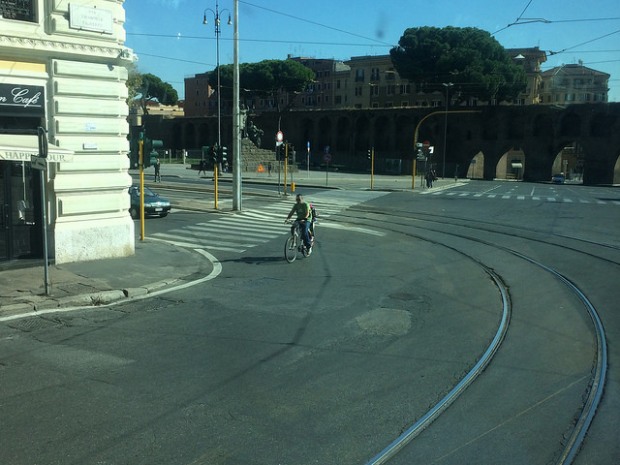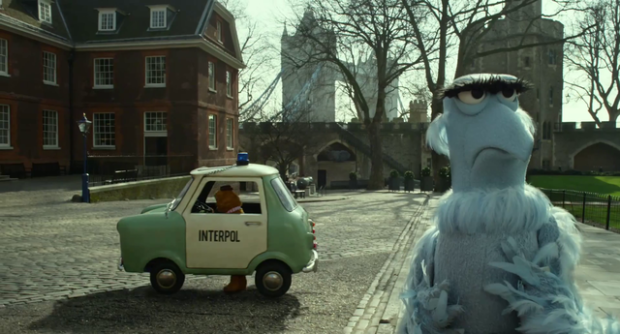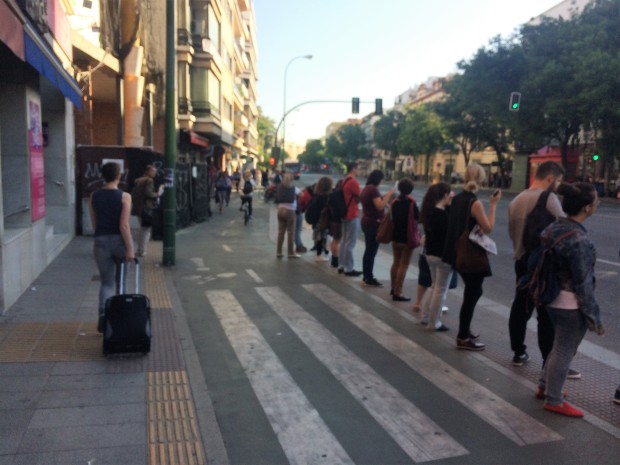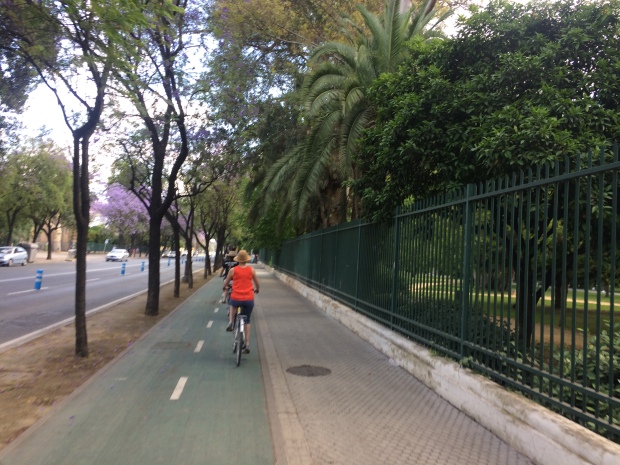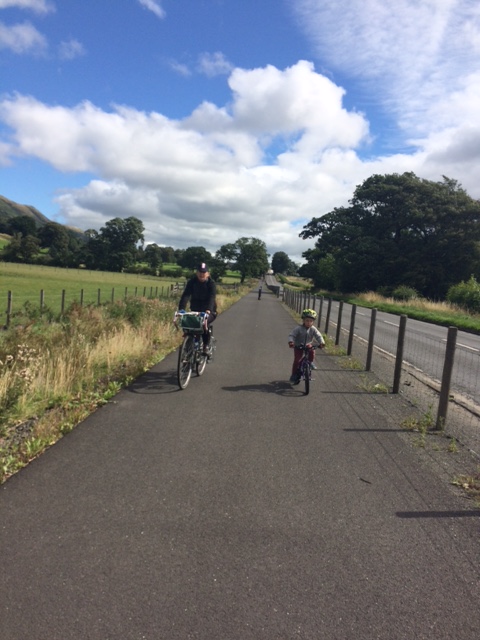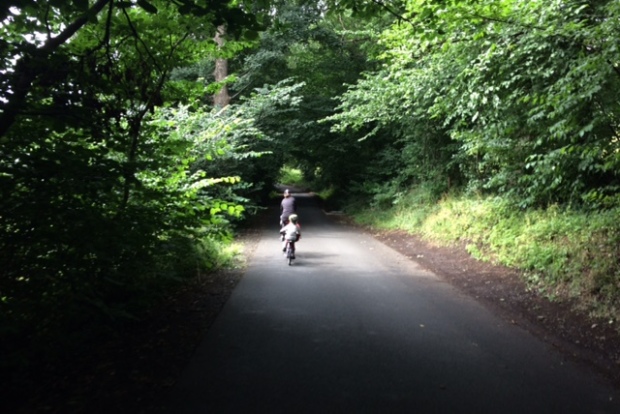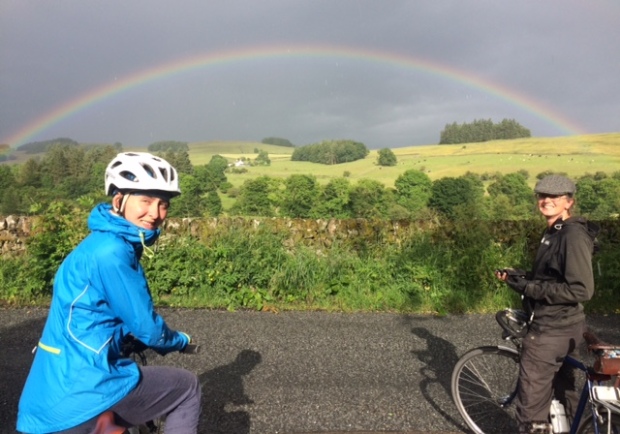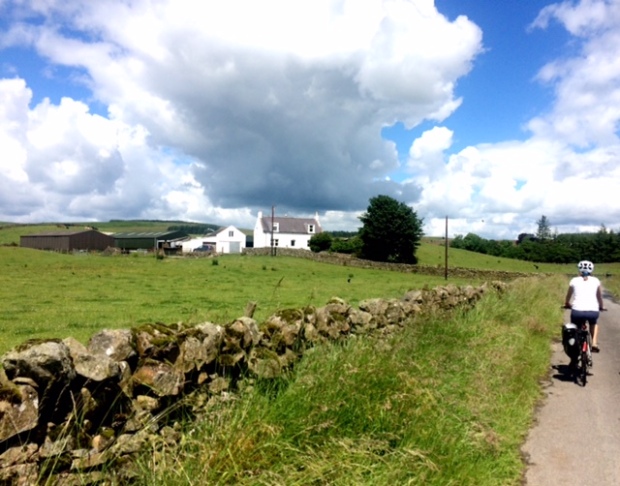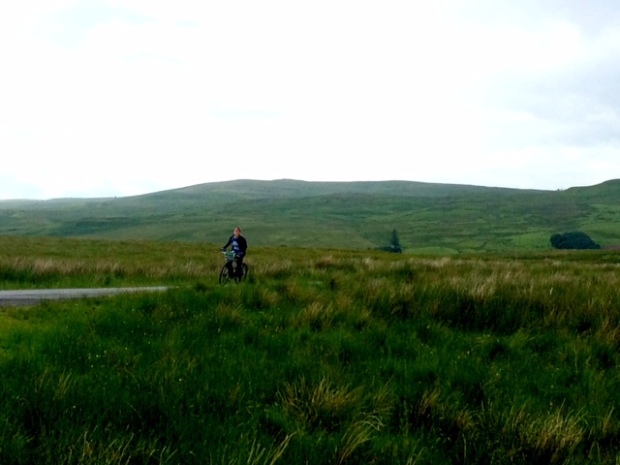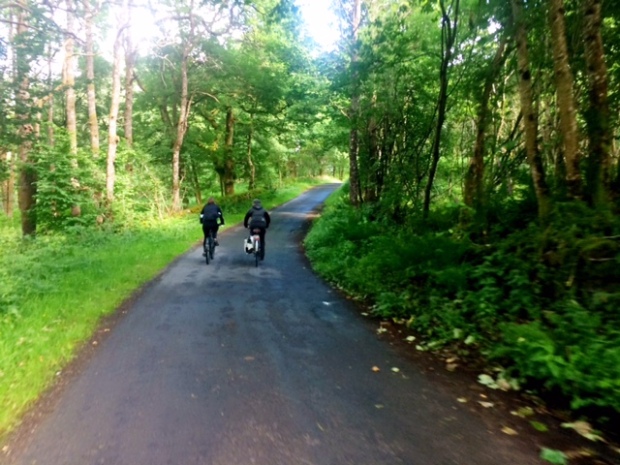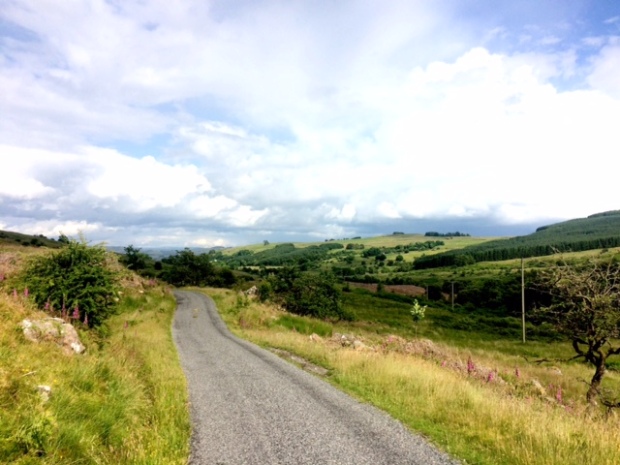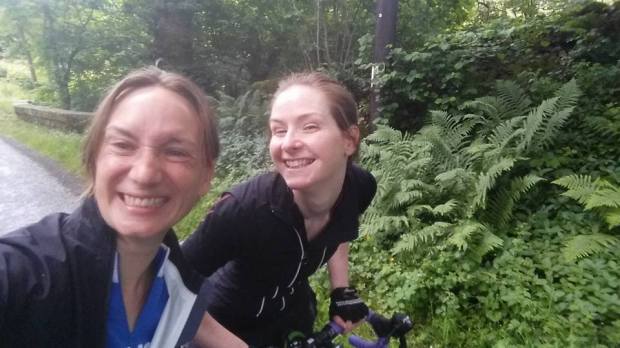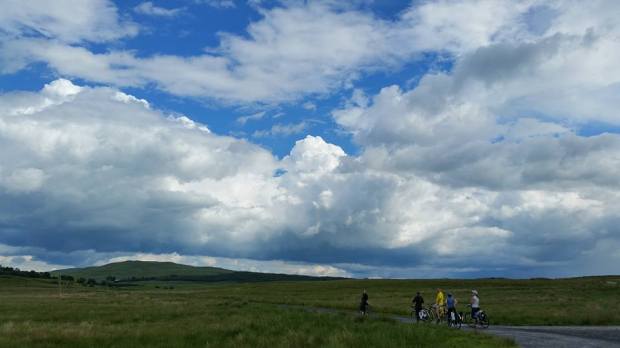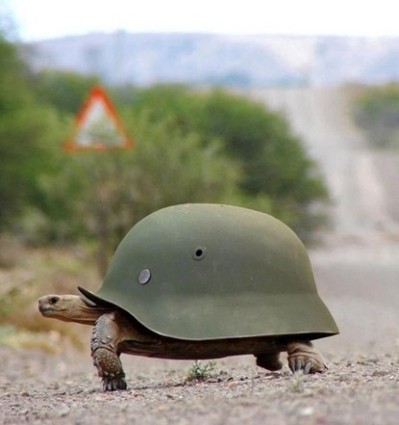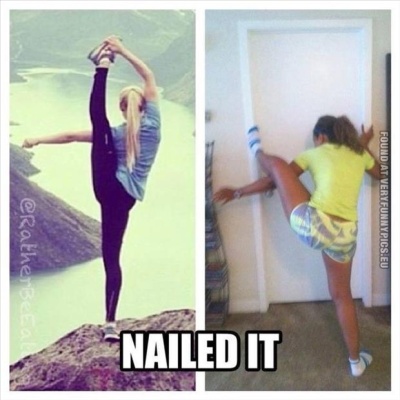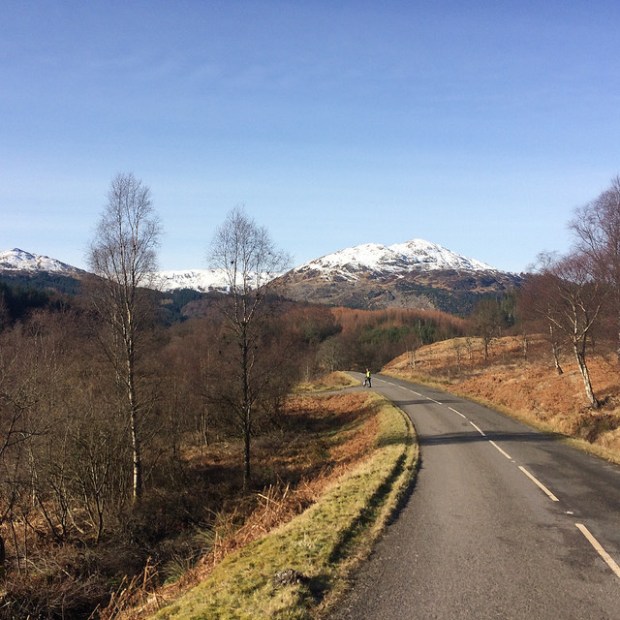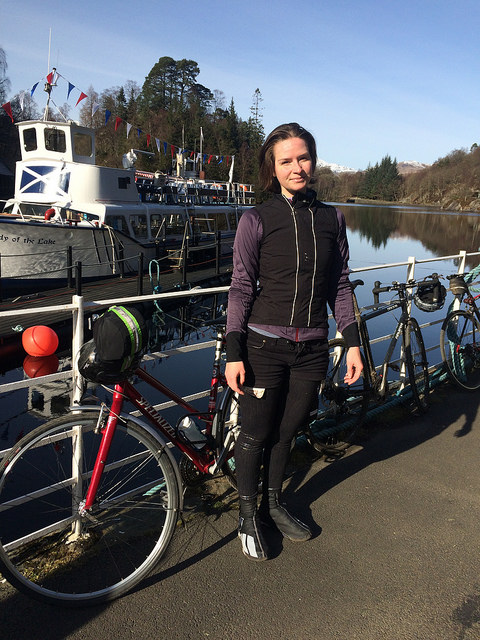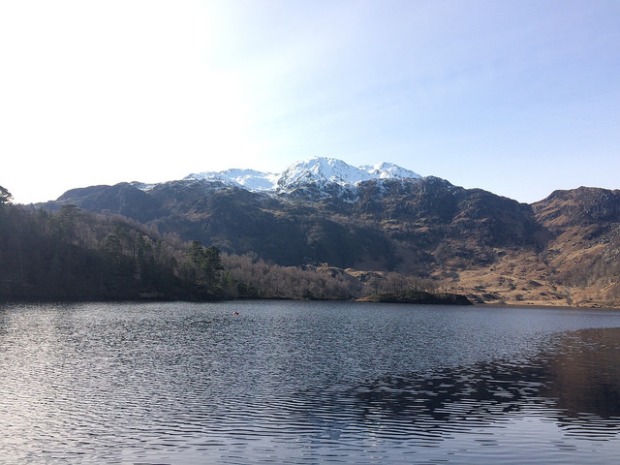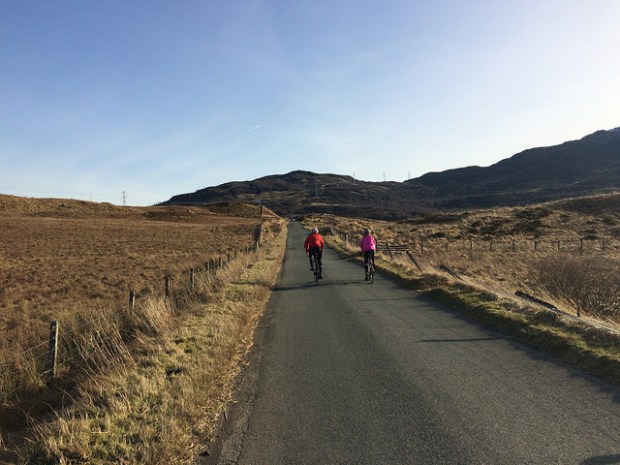For a capital that is home to some incredible sights and is brimming with tourists year-round, it is hard to believe that Rome is so walking and cycling unfriendly. It may be the worst city I have ever visited with my “places are for people” glasses on. I spent a week there, marveling at the city’s loveliness on the one hand, and despairing at the city’s ugliness on the other. The architecture, art and history of the place are spellbinding, but all of the high points are mired by the atrocious traffic and air quality.
I’d need to drink several G&Ts to take the edge off before attempting to write about my walking experience, so rather than get drunk I’m going to write about my stresses of getting around Rome by bike instead.
Weathering the traffic storm
With a week spent mostly on foot, I was able to see the city in all its car-strangled glory. Only one day did I hazard exploration on a bicycle, and I am convinced the only way I lived to tell the tale is because I was too scared to cycle on any proper trafficked routes.
As a barometer on cycling awfulness, my refusal to cycle in Italian traffic points the needle to “hurricane force shitness”. As a seasoned utility cyclist in Edinburgh, I’m battle-hardened to riding through my home’s busiest and most congested streets without so much as a shrug. Occasionally, *whispers* I even enjoy it.
Rome was another kettle of fish. If you think driving in Scotland is bad, Roman driving has its rightful place in the seventh circle of hell. Italians’ love of their cars has completely smothered this beautiful city – its arteries are black from tarmac and traffic flow.
The sickness of Rome’s car obsession
The weird thing about this city of 3 million people is that it is much denser than London’s 9 million or so inhabitants and so cycling seems an obvious way to get about. The topography of the city would lend itself to cycling (the seven hills aren’t that bad and would easily be tamed by ebikes). The main roads are obscenely wide and the congestion of the place is so utterly pronounced I am flabbergasted that cycling provision has been given even less than lip service.

What’s that? Oh yeah, just one of about a million five lane motorways in the middle of an ancient city.
In an attempt to combat the endless hours that Romans must spend stuck in traffic, the population has really gone above and beyond. Instead of investing in better forms of transport, they have just shrunk their cars… I can sort of see the logic in this madness – with roads the size of motorways wrapped around anything and everything, you can imagine why people might think smaller cars might get you places quicker. Except they OBVIOUSLY don’t. Way to not solve the problem, guys.
Roaming Rome by bike
There is almost entirely no useful cycling infrastructure in Rome. What does exist is beyond terrible for getting from A to B. This is reflected in the woeful bicycle modal share of 1%. An incredible 54% of Romans use their cars to get around (London sits at 34%) – no wonder the city is gridlocked. Rome is car sick.
On my second day in the city, I was excited to discover a Bici Roma stall at the Piazza del Popolo and immediately spent 5 euro on their cycling map. Expecting to see an network of cycling routes around the city on a map of Spokes’ quality, upon unfolding it I discovered I had bought the world’s worst bike map because there is basically nowhere to cycle in Rome.
Over the course of my week in the city, I spotted a few shocking attempts at cycling infra, including one protected cycleway that spat you out into a gigantic junction of misery, some cursory cycles painted on the footway and what appeared to be its flagship route – the river Tiber.
I spent half a day enjoying the cycle path next to the Tiber river, but getting on and off in the city centre was deeply unpleasant. The infra was quite narrow, had cratered surfaces but was well used by folk on foot and bike. Whether it’s useful for utility trips will largely depend on whether you’re happy hefting a bike up and down 200 steps.
I did manage to find one place in the entire city where cycling was the de-facto way to get about. Rome’s main park, the Villa Borghese, only has two massively stupid roads that slice it up, and cycle hire is available for exploring the islands of greenspace that float amidst the particulate matter.
It was a delight to see the park by cycle, although I did have a mid-level meltdown when attempting to park outside the world-fucking-famous Villa Borghese museum, only to discover that not a single scrap of bike parking existed. In a park full of bikes.
I didn’t see any bike parking in Rome. I did mistake two guardrails for bike parking on my last day, and even took a photo of them as evidence to contradict my verdict of how shite Rome is for cycling. Except Rome is definitely shite for cycling, because they are bloody guardrails and not bike parking.
There is light at the end of the garbage-fire infested tunnel
In good news, I was pleased to see those who did cycle do so with typical Italian flair and style. Everyone looked fabulous. So it goes to show that even in a traffic cesspit, high-viz and victim-blaming safety gear haven’t crept into Italian mindsets quite yet.
My Roman experience has done a good job of putting things into perspective when it comes to cycling in Edinburgh. Although far from perfect, I am glad that the hill we have to climb in my fair city isn’t as tough as the Italian capital’s.
There must surely be a cycle campaign in Rome, but without a grasp of Italian I haven’t been able to find any meaningful information on any that might exist. I am sure campaigners do a beyond incredible job in a difficult situation, and my piecemeal cycling experience perhaps doesn’t reflect the reality of utility cycling. But for me, cycling in Rome was grim. I can only hope that my day in the saddle isn’t representative – except I have a sneaking feeling that it probably is.



